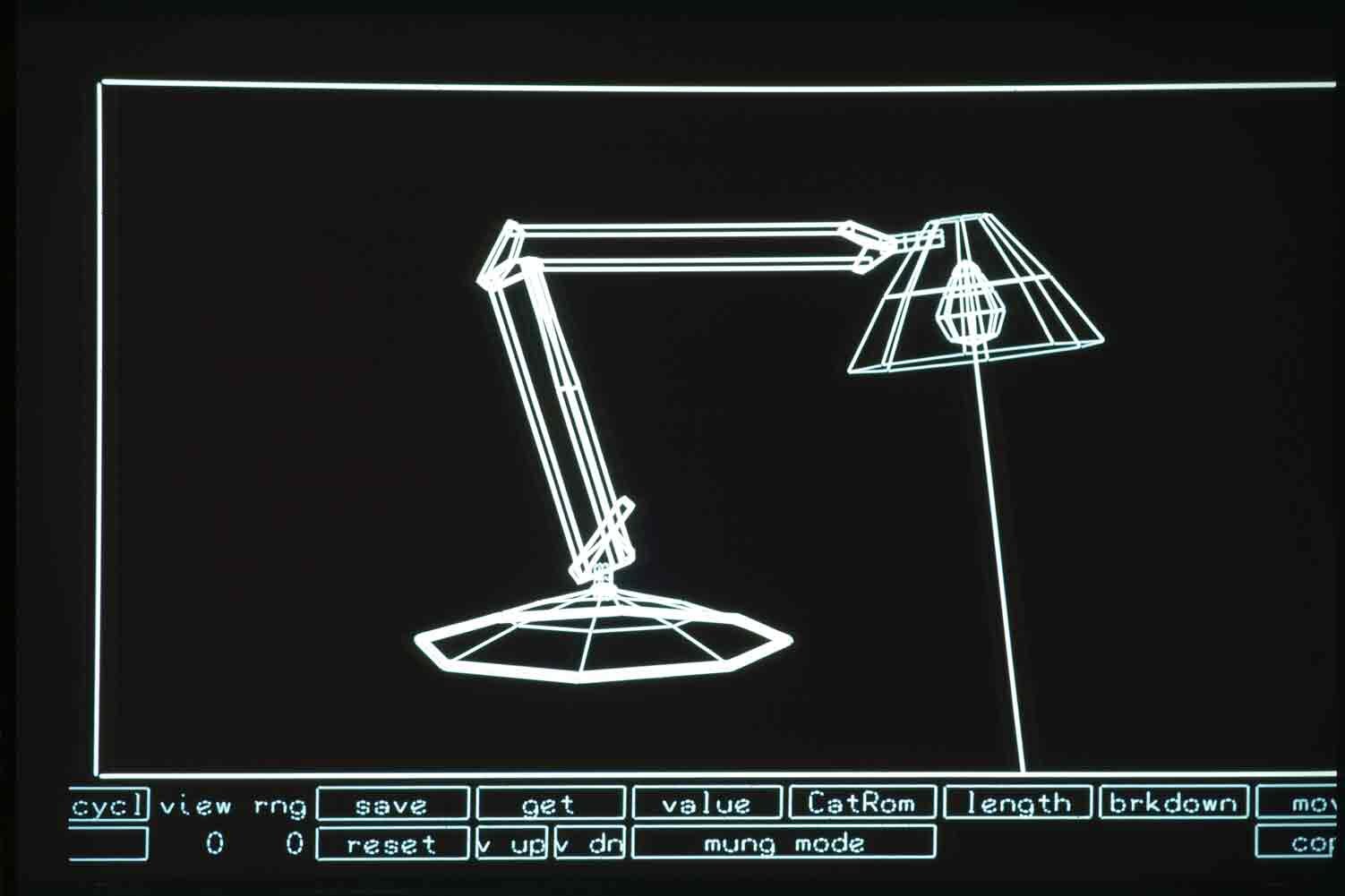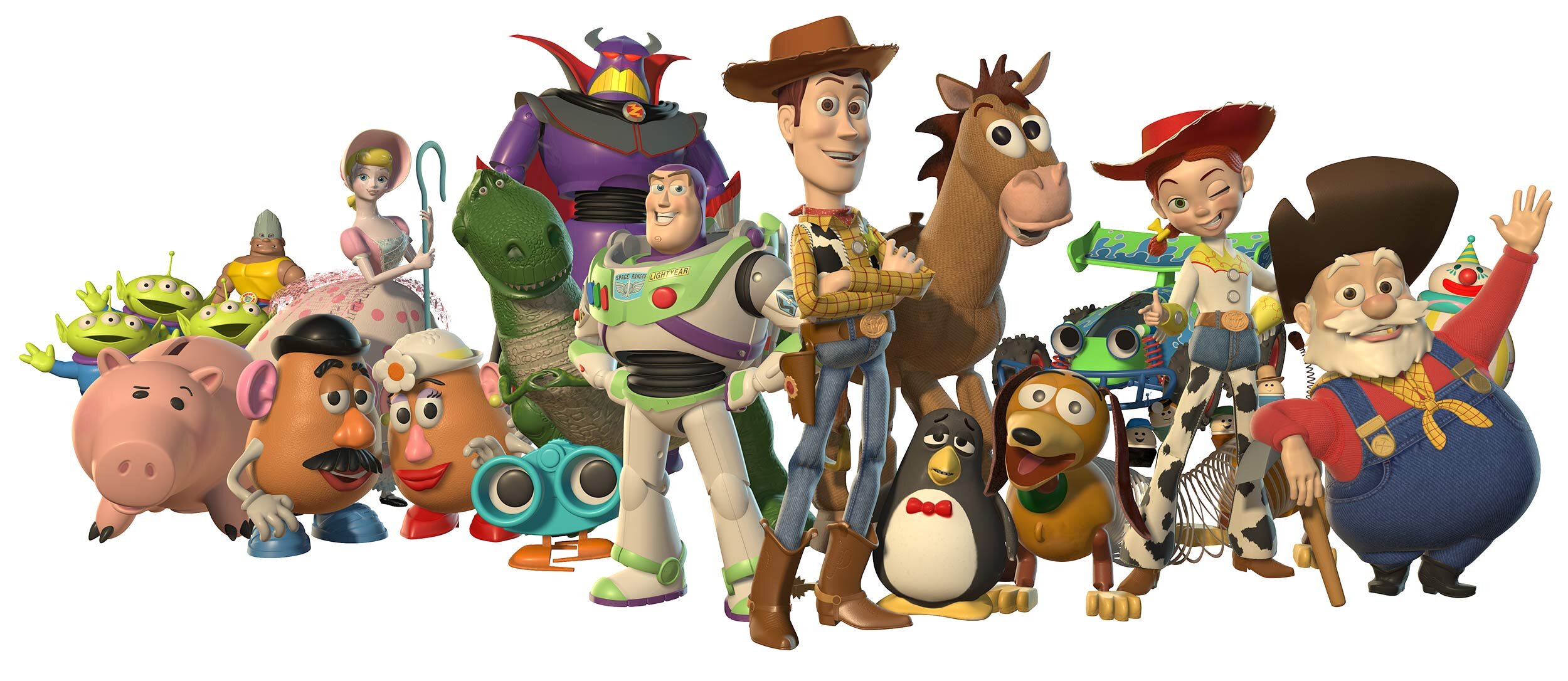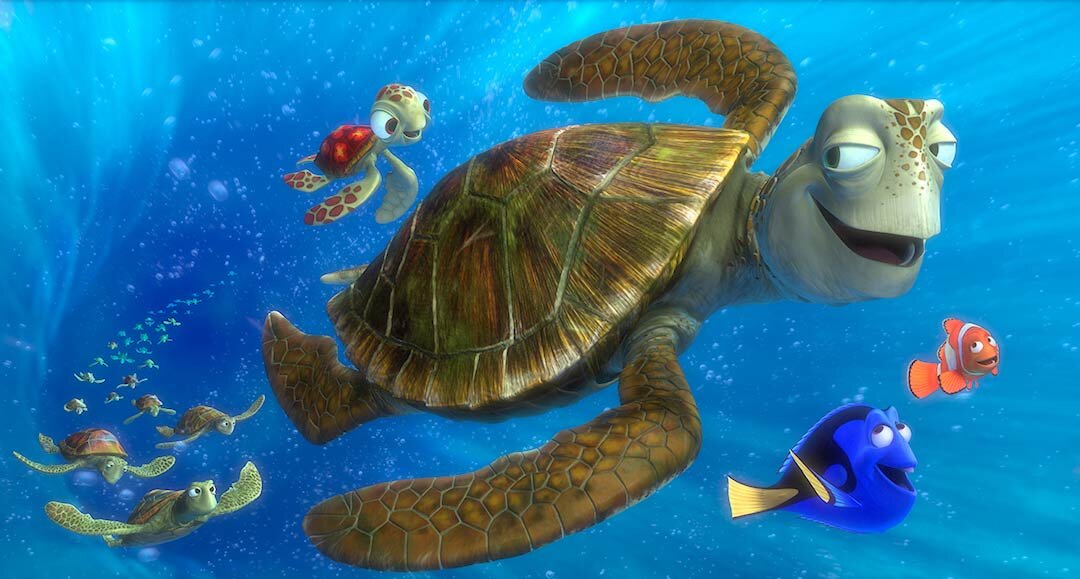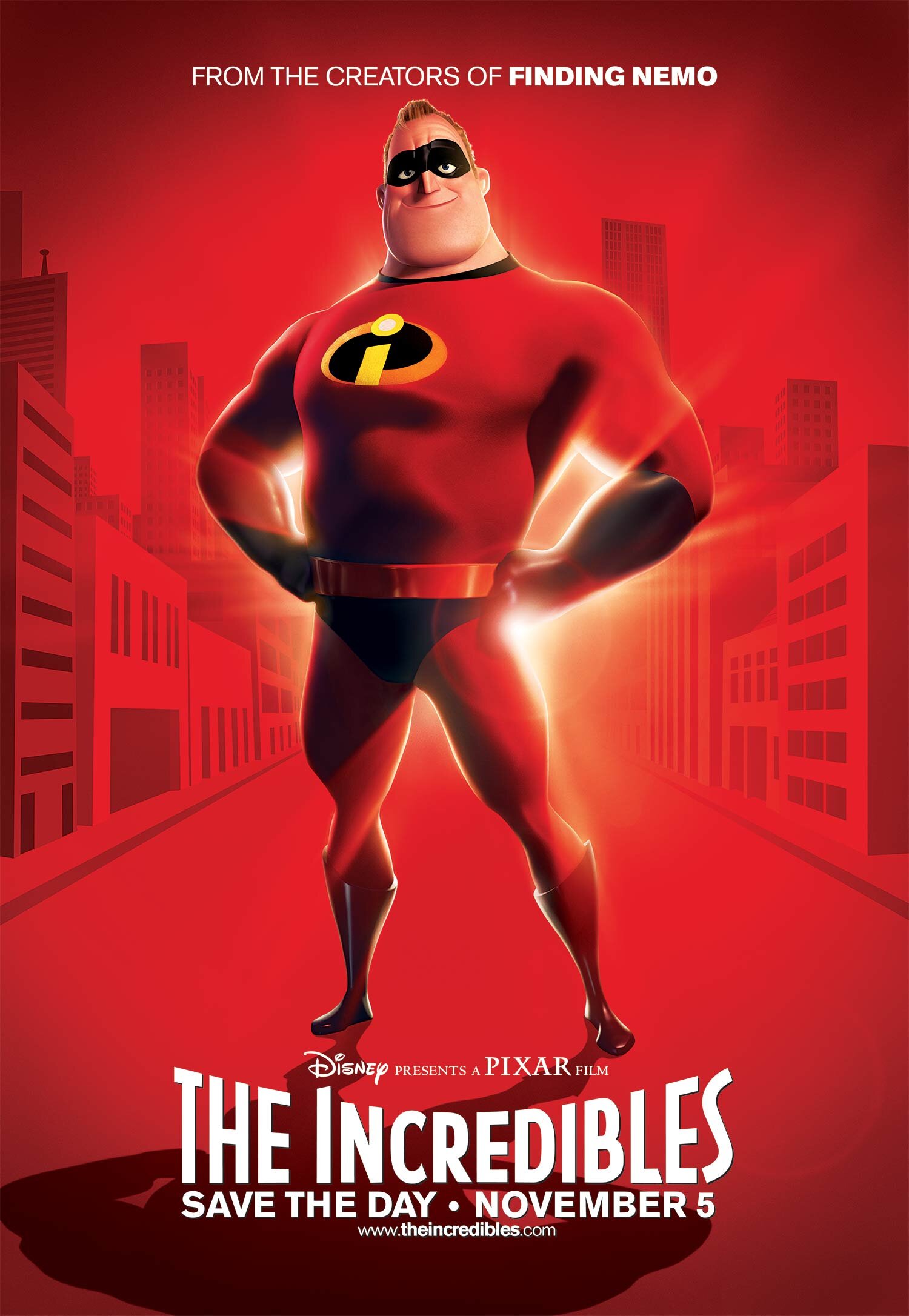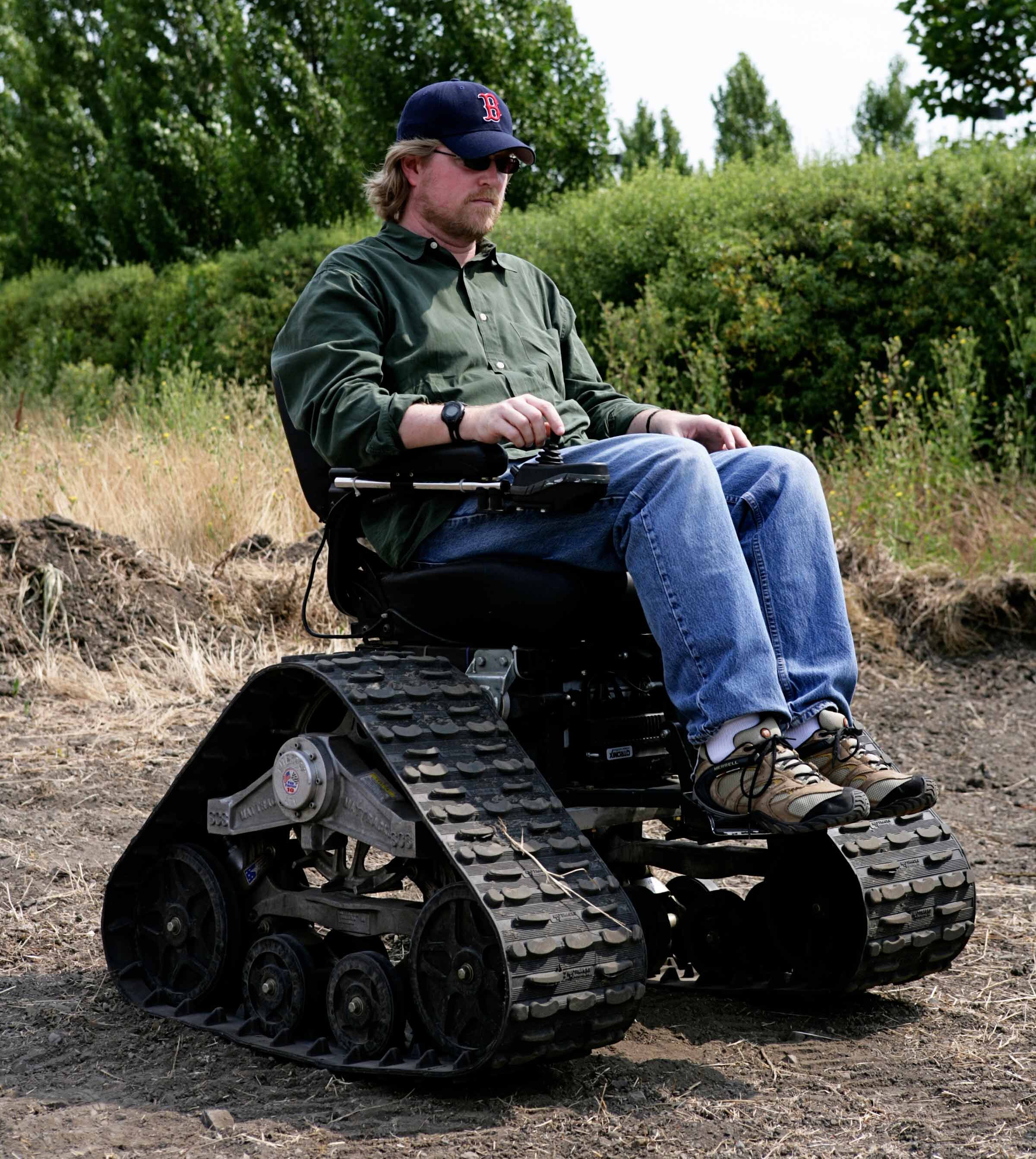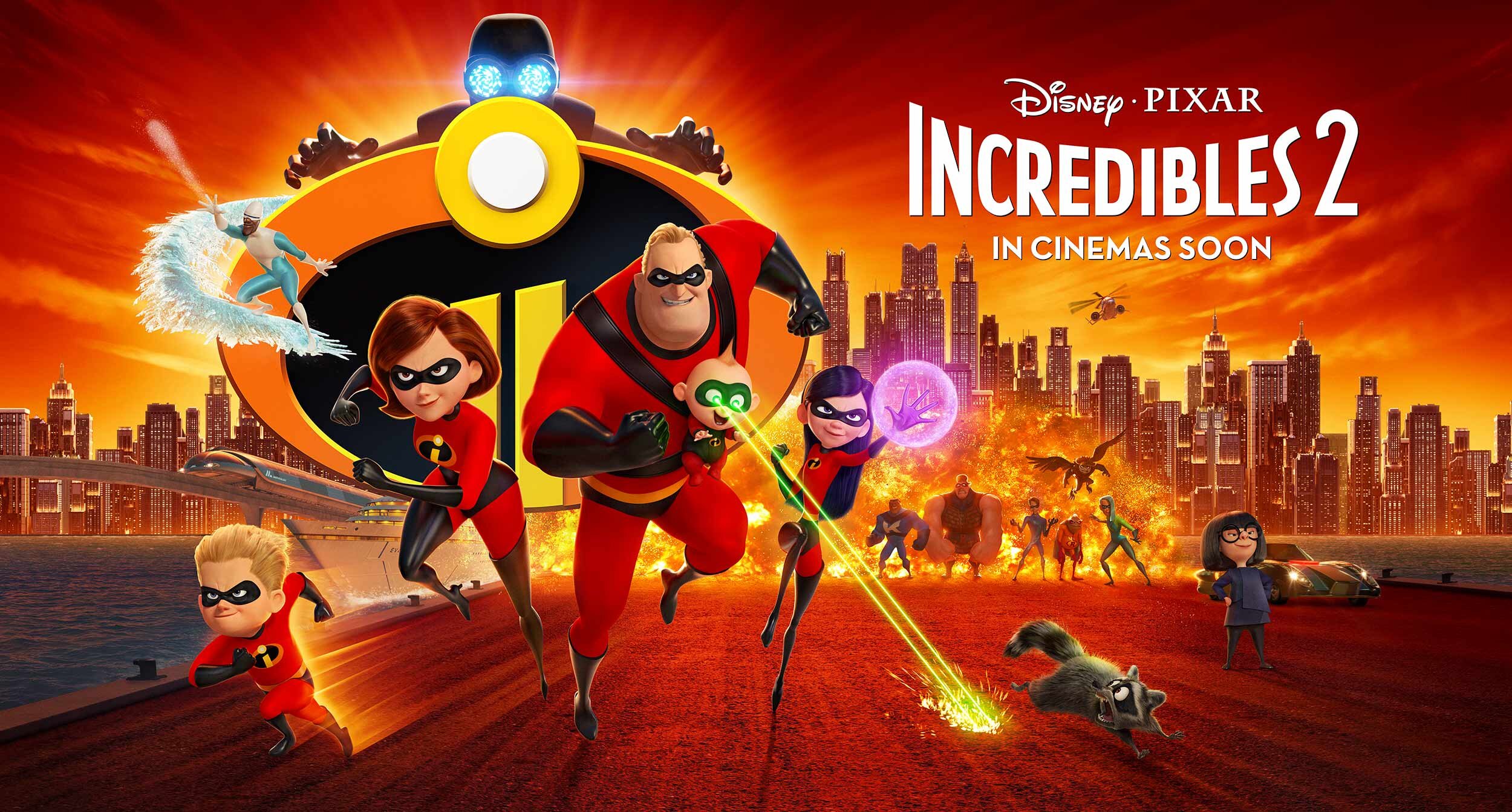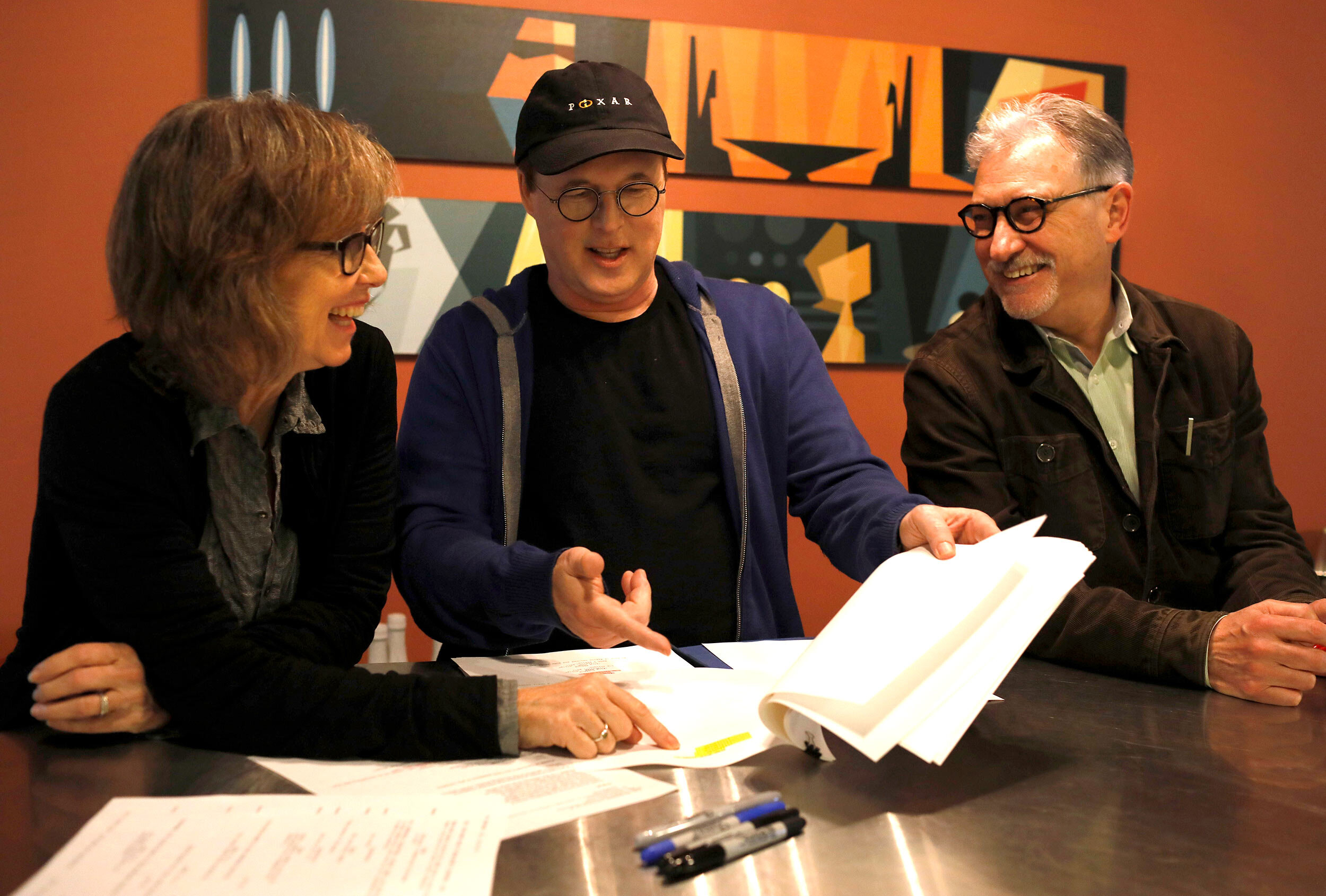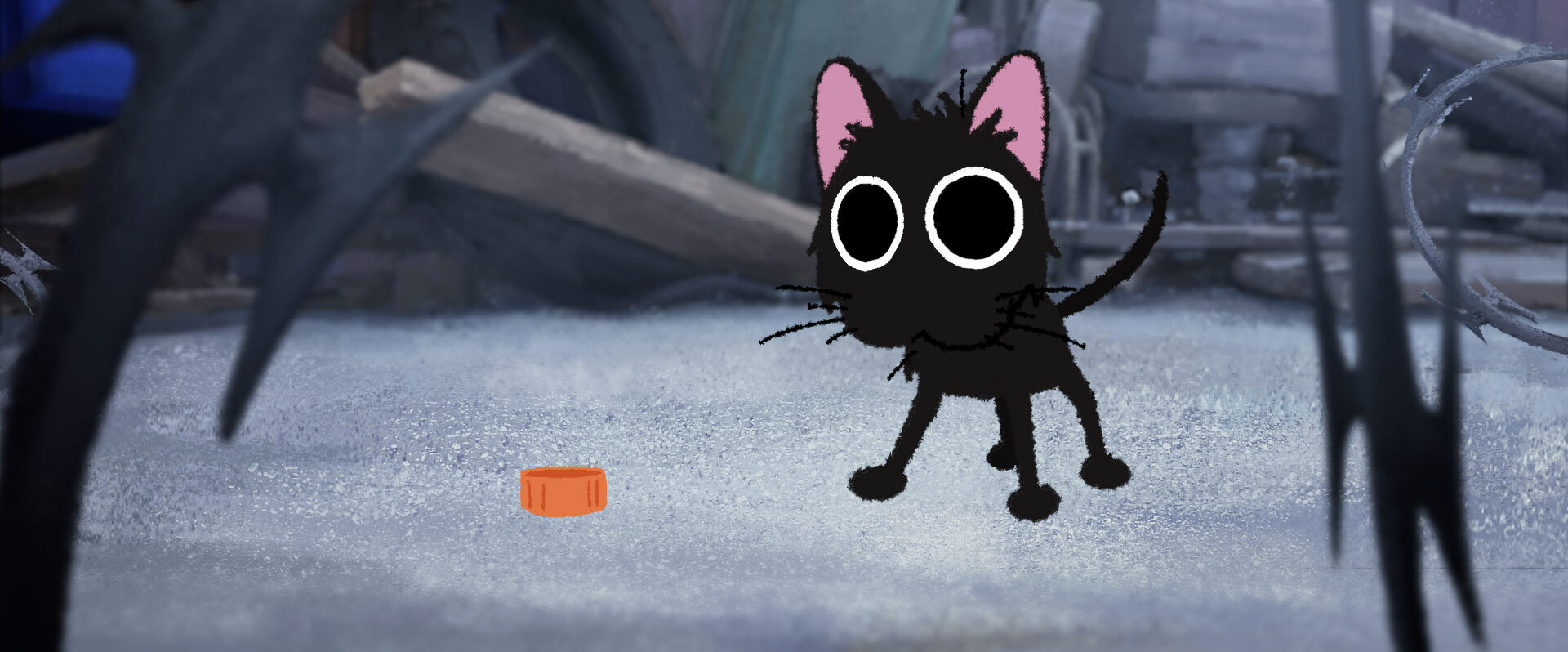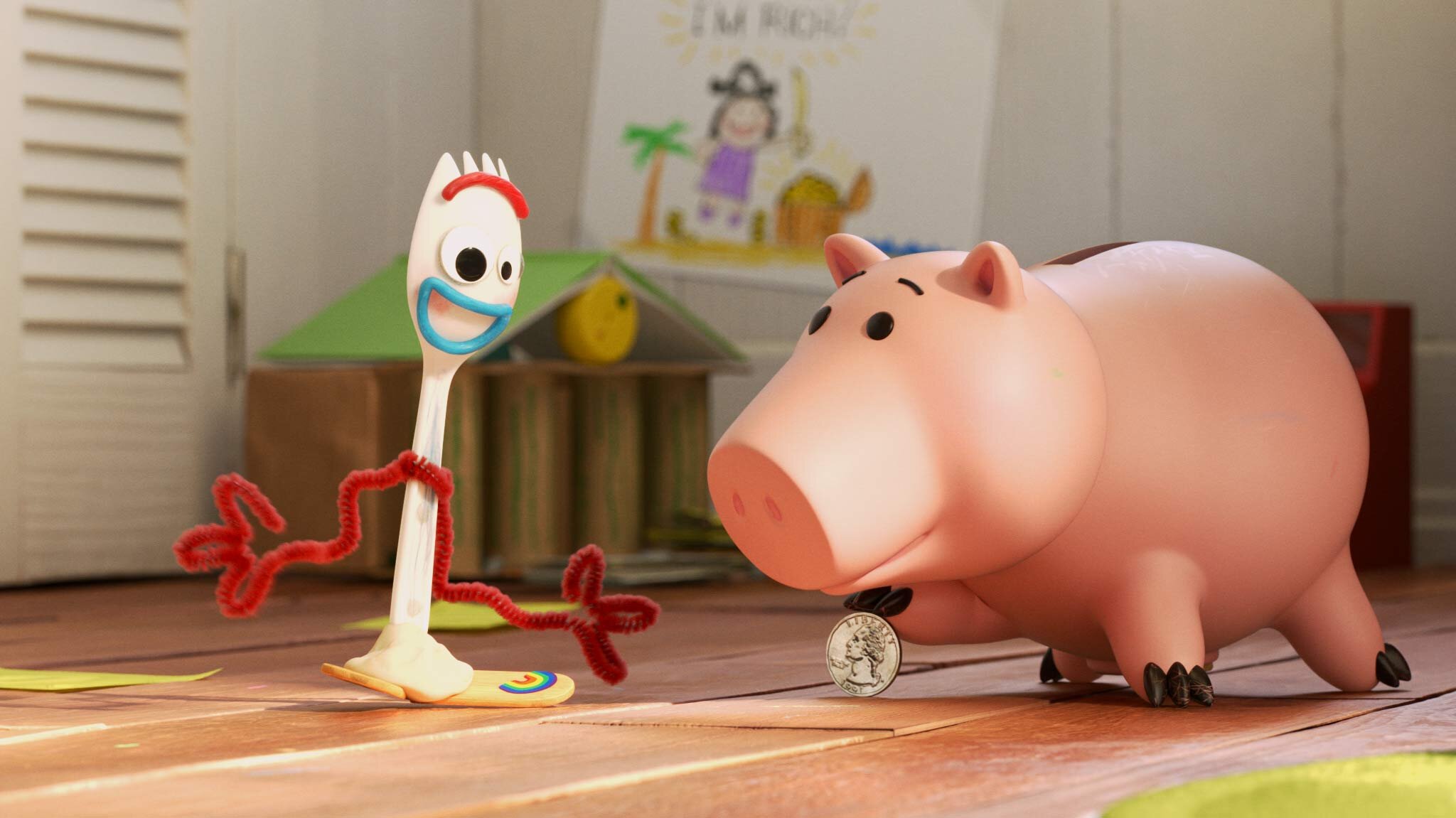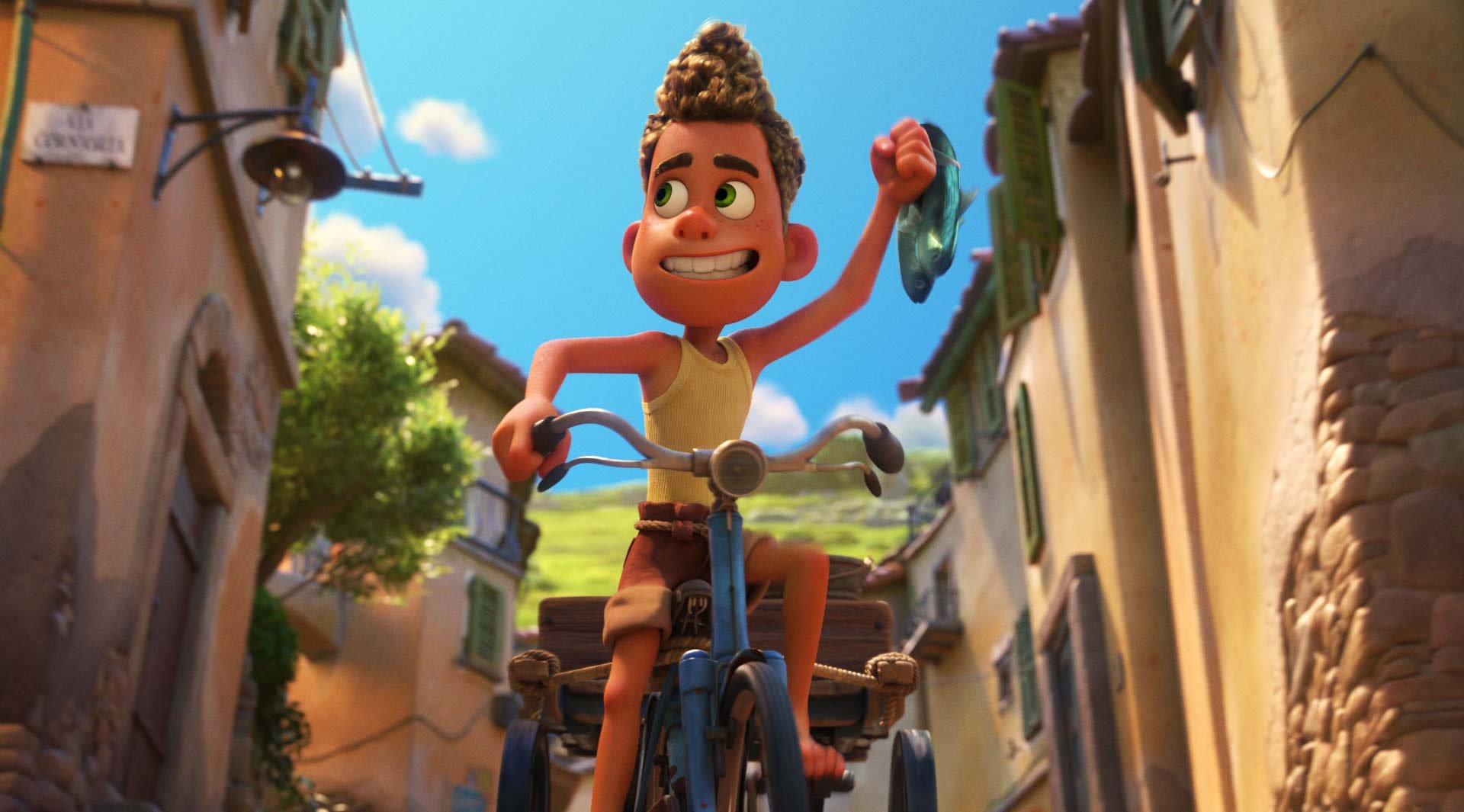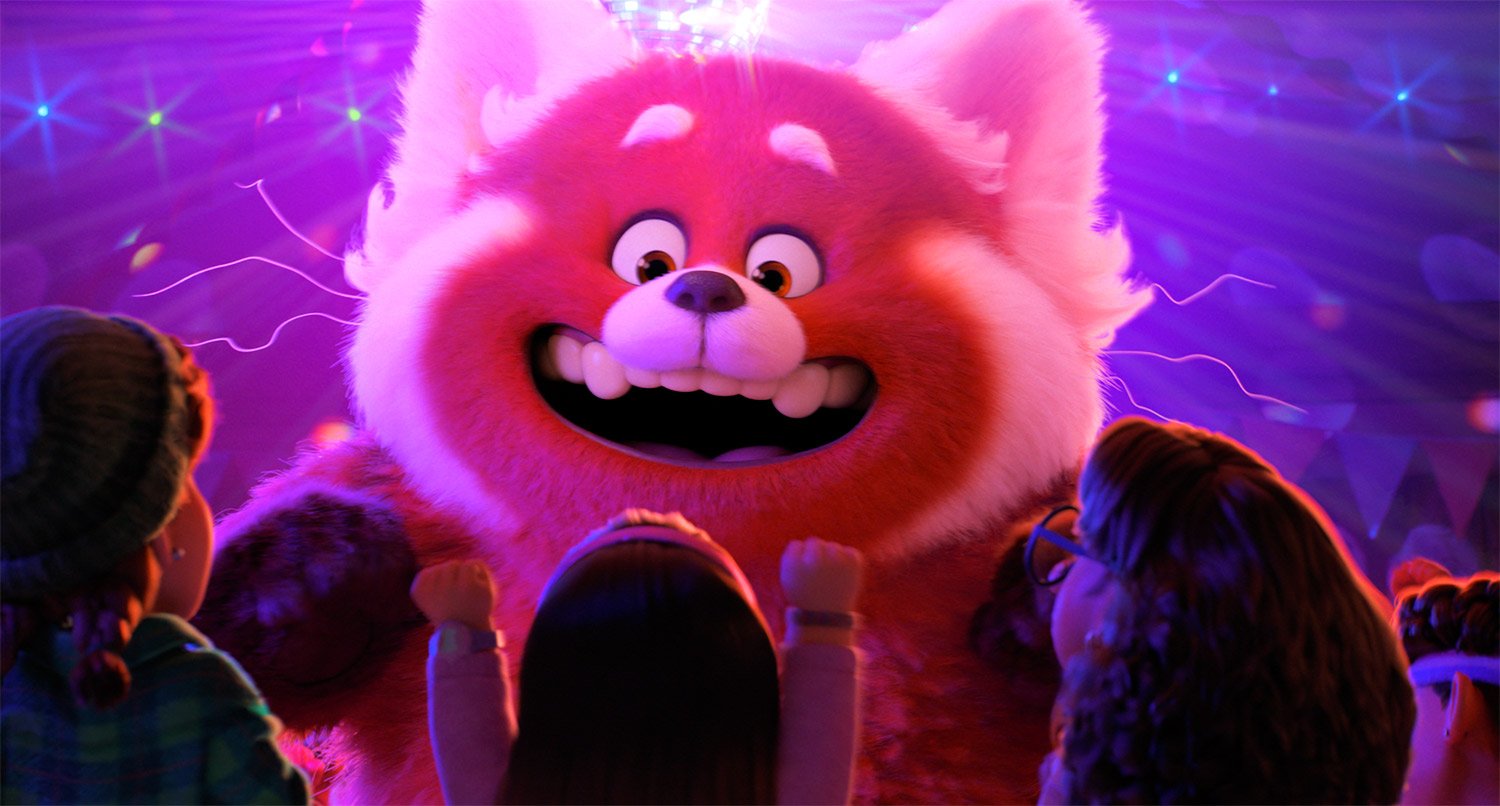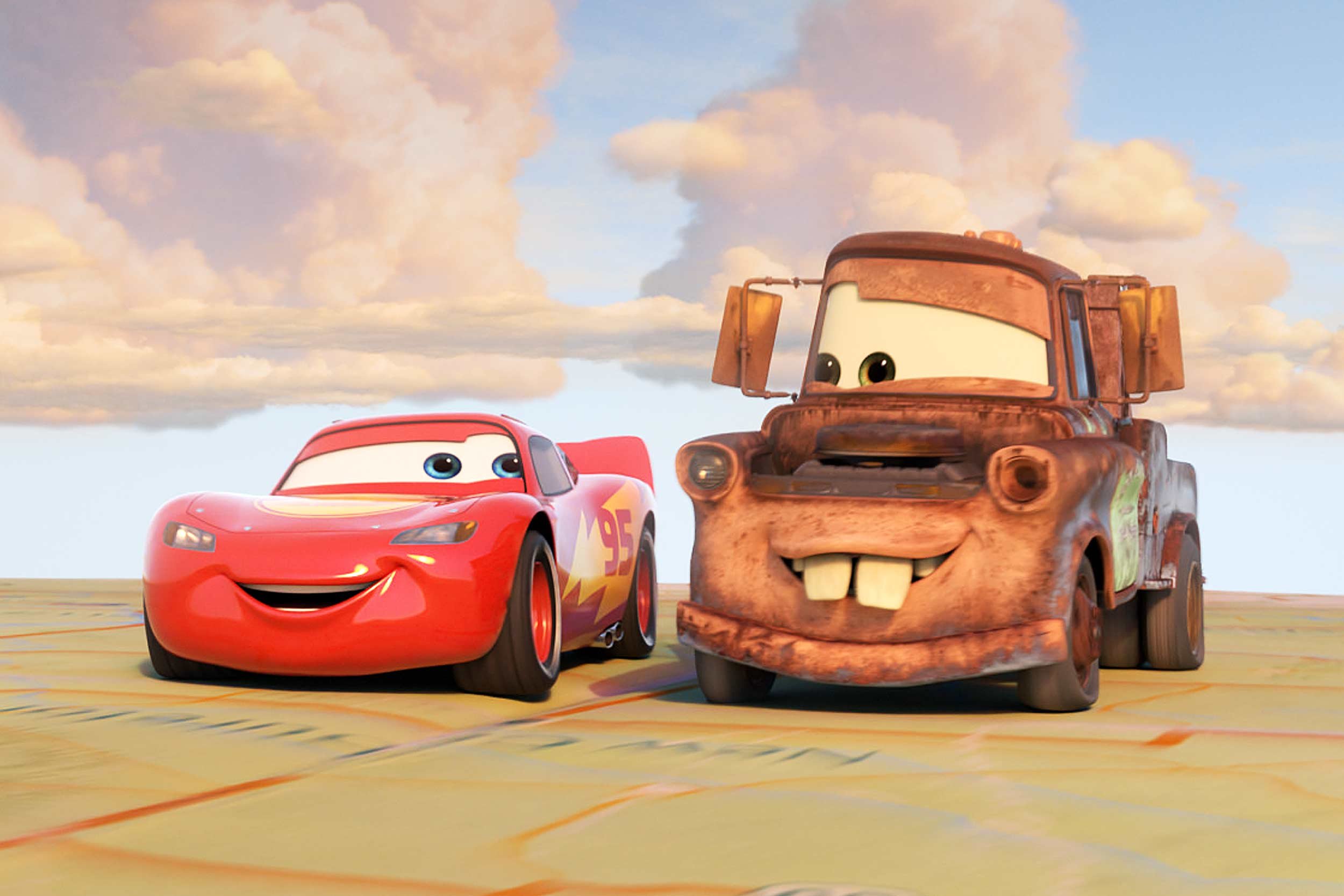A LAMP NAMED LUXO (1979-1991)
1979
George Lucas recruits Ed Catmull from the New York Institute of Technology to head Lucasfilm’s Computer Division, a group charged with developing state-of-the-art computer technology for the film industry. Lucas’s wish list: a digital (nonlinear) film editing system, a digital (nonlinear) sound editing system, a laser film printer, and further exploration of computer graphics. The following year, he is joined by Alvy Ray Smith, who is hired as Director of Computer Graphics Research.
1982
The Computer Division completes the “Genesis Effect” sequence for Star Trek II: The Wrath of Khan. The scene, which shows an initially lifeless planet being rapidly transformed by lush vegetation, is the first completely computer animated sequence in a feature film.
1983
The Computer Division’s Graphics Group creates their first film-resolution image, “The Road to Point Reyes.” Near the end of the year, animator John Lasseter is invited to come up to the Bay Area to do some freelance work with the Graphics Group.
1984
Lasseter is hired full-time, joining the Computer Division as an “Interface Designer.”
A partially completed version of “The Adventures of André & Wally B.” premieres at SIGGRAPH. It is the first short film created by the future animation studio, featuring complex flexible characters, hand-painted textures, and motion blur. It is also the first example of character animation in the young medium of computer animation.
At SIGGRAPH, the Computer Division also shows off its prototype Pixar Image Computer.
1985
The Computer Division completes the Stained Glass Knight sequence that appears in the film Young Sherlock Holmes.
1986
Steve Jobs purchases the Computer Division from George Lucas and establishes the group as an independent company, “Pixar.” At this time about 40 people are employed.
Pixar and Disney begin collaboration on CAPS, the Computer Animation Production System, which would revolutionize the creation of traditional animated films. The first check written to Pixar by a client after its incorporation is from Disney, for work on this project.
“Luxo Jr.” is completed. The short film, John Lasseter’s official directorial debut, is unveiled in August at SIGGRAPH and then screened for general audiences at Los Angeles-area theaters in November. “Luxo Jr.” will go on to become the first three-dimensional computer animated film to be nominated for an Oscar®, receiving a nomination for Best Short Film (Animated).
1987
“Red’s Dream” is completed and premieres at SIGGRAPH. A portion of the film is rendered entirely on the Pixar Image Computer.
1988
Pixar’s proprietary animation system, identified to the outside world as Marionette but internally known as Menv (“men-vee”), short for “modeling environment,” comes online.
Pixar’s proprietary renderer, RenderMan®, also makes its internal debut.
Both pieces of software are used to produce “Tin Toy,” Pixar’s third short film.
A partially completed version of “Tin Toy” is screened at SIGGRAPH, with the finished film premiering later that year at the Ottawa International Film Fest. “Tin Toy” will go on to become the first computer animated film to receive an Academy Award® when it is named Best Short Film (Animated) the following year.
1989
“Knick Knack” is completed. A work-in-progress version is screened at that year’s SIGGRAPH. It is Pixar’s first animation producedin stereoscopic 3D.
The first commercial version of RenderMan® is released.
Pixar begins making commercials. The first is an ad for Tropicana orange juice, “Wake Up,” directed by John Lasseter.
1990
Andrew Stanton and Pete Docter join the company. By the end of the year, each animates a commercial – Andrew Stanton completes “Quite A Package” for Trident, and Pete Docter animates “Boxer” for Listerine. Pixar’s commercial work gives the company invaluable experience in pitching, storytelling, and working with clients, and allows it to develop and refine its production pipeline.
1991
Disney and Pixar announce an agreement “to make and distribute at least one computer-generated animated movie.”
Pixar begins work on the project that will become Toy Story, while continuing to produce commercials and other short materials, including spots for public television.










